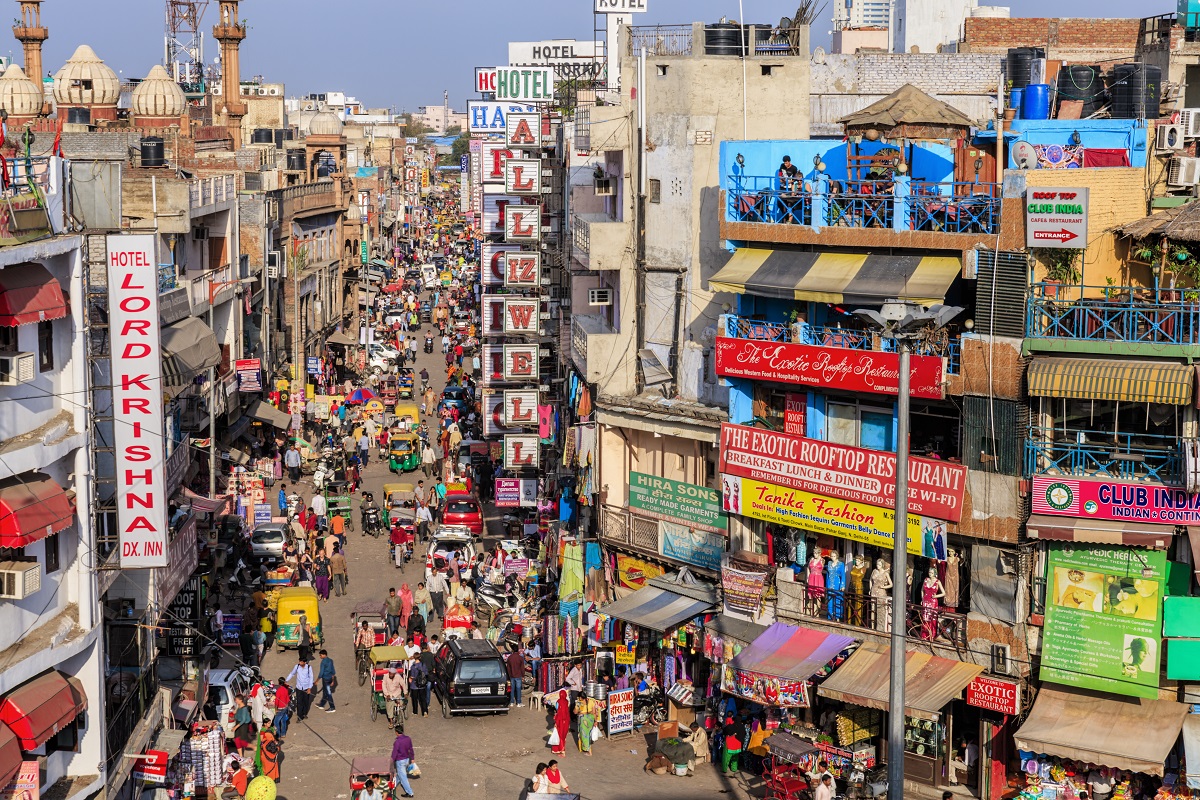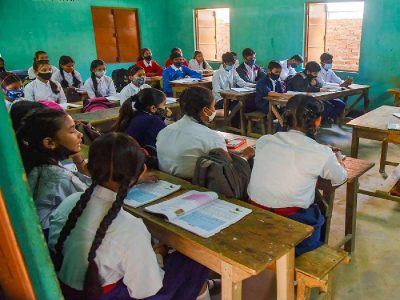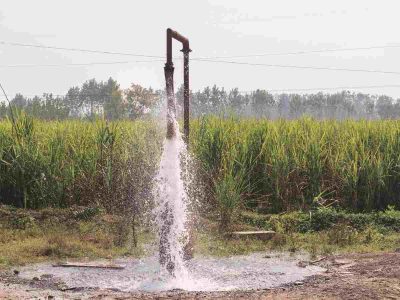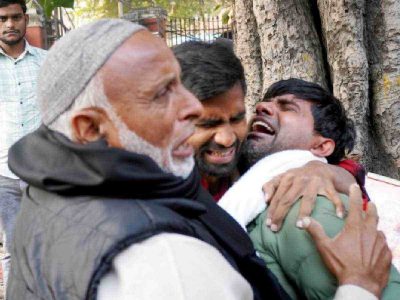Delhi has witnessed a surge in earthquakes over the past few decades.
The most significant seismic event was recorded on July 27, 1960. The incident, registered at a magnitude of 5.6 on the Richter scale, led to partial damage of several buildings.
Fast forward to 2023, and Capital’s encounters with seismic tremors continue. Fortunately, the recent tremors were of mild intensity, causing no casualties or property damage, unlike the impactful one of 1960.
Tectonic setting of Delhi
Delhi, India’s capital, is susceptible to earthquakes due to its proximity to the Himalayas, an active seismic region. The 20 million people living in the National Capital Territory of Delhi, face risk of major earthquakes along the Himalayan arc.
Delhi’s surroundings showcase local tectonic elements that have been instrumental in shaping seismic occurrences. According to India’s seismic zoning map, Delhi falls under seismic zone IV, associated with a seismic intensity of VIII (very destructive) on the MMI (Modified Mercalli Intensity) scale.
Positioned around 200 kilometres from the Main Boundary Thrust (MBT) and 300 km from the Main Central Thrust (MCT), both active thrust planes in the Himalayas, Delhi faces a realistic possibility of a magnitude 7.0 earthquake. This was once considered hypothetical but is now deemed possible.
Given this, it’s crucial to assess the city’s seismic scenario and promote awareness of earthquake-resistant construction techniques.
If an earthquake like the one in 1720, believed to be at 6.5 on Richter scale, were to take place today, it would have an adverse effect given the city’s expansion over marsh and fluvial areas along the Yamuna river.
Seismic activity influence
Delhi region’s seismicity is primarily influenced by tectonic interactions associated with the broader collision between the Indian Plate and the Eurasian Plate. While there may not be major fault-lines directly beneath Delhi, the seismic activity in the region is connected to the broader tectonic features in the vicinity.
Mukesh Nanda, a geography teacher in a private school of Delhi lists out some significant fault systems and zones that contribute to seismic activity in and around Delhi:
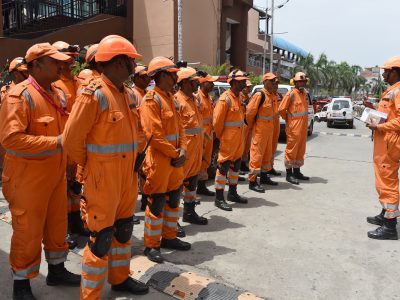
Main Frontal Thrust (MFT): The MFT is a major fault system associated with the Himalayan mountain-building process. It marks the boundary between the Indian Plate and the Himalayan foothills. While the MFT itself is not located right under Delhi, its proximity to the north-west contributes to the seismicity in the region.
Haryana Piedmont Fault (HPF): The Haryana Piedmont Fault is another significant fault in the region. It runs parallel to the MFT and is located to the west of Delhi. This fault is associated with the tectonic deformation in the Himalayan foreland and contributes to seismic activity in the area.
Mahendragarh Fault: This fault runs through parts of Haryana and is situated to the west of Delhi. It is considered one of the active faults in the region and plays a role in the seismic activity observed in northern India.
Delhi-Haridwar Ridge: The Delhi-Haridwar Ridge is a geological feature that runs parallel to the Himalayas. It is associated with the regional tectonics and contributes to the seismic activity in the broader northern Indian region.
Says Nanda, “While these fault systems are significant contributors to seismic activity, it is important to note that earthquakes can also occur due to other factors, such as local faulting or crustal stress. Additionally, the seismic risk in Delhi is not solely dependent on faults directly beneath the city but is influenced by the broader tectonic context of the Indian sub-continent. Monitoring and understanding these fault systems are crucial for earthquake preparedness and risk mitigation in the region.”
What makes Delhi vulnerable
The geology of Delhi plays a crucial role in making the city vulnerable to earthquakes. While Delhi is not situated directly on a major fault-line, its geological setting and proximity to seismically active regions contribute to its earthquake risk.
Delhi’s susceptibility to earthquakes is influenced by various geological factors.
Navin Kumar Mogha, a research scientist, highlights that Delhi’s location on the Yamuna Alluvial Plains, characterised by soft sedimentary deposits, poses a seismic risk due to the shaking of the ground getting amplified during earthquakes. The depth of the sedimentary basin beneath the city further influences shaking of the ground during earthquakes.
Mogha emphasises the crucial role of proper construction practices and building codes in mitigating earthquake risks, given Delhi’s geological conditions. Inadequate construction practices increase vulnerability, especially considering the city’s high population density and extensive urbanisation, he says.
“The concentration of structures in densely populated areas amplifies the potential for casualties and damage during significant earthquakes. To enhance Delhi’s earthquake preparedness and reduce risks, addressing geological factors and implementing seismic-resilient urban planning and construction practices are essential,” concludes Mogha.
Vulnerable areas of the city

According to a seismic hazard microzonation report by the Ministry of Earth Sciences, certain areas in Delhi, such as Jawaharlal Nehru University (JNU), AIIMS, Chhatarpur, and Naraina, are classified as the safest zones. However, the high-risk zones, predominantly in patches, are concentrated in the eastern, central, and northern parts of the city. Notably, Hauz Khas and Vasant Kunj are categorised as low hazard zones.
The detailed map reveals that Delhi University’s north campus, Sarita Vihar, Gita Colony, Shakarpur, Paschim Vihar, Wazirabad, Rithala, Rohini, Jahangirpuri, Bawana, Karol Bagh, and Janakpuri are situated in the high hazard zone, with a “very high” risk index. Most of these areas are located along the banks of the Yamuna river and its floodplain. Conversely, places like IGI Airport, Hauz Khas, Burari, and Najafgarh fall into the second-worst category with a “high-risk” index.
Pradeep Sengupta, a retired geologist, explains, “The seismic repercussions of an earthquake encompass various geological phenomena, each bearing substantial implications for the stability of the affected region.”
He explains it further.
“Firstly, ground-shaking, propelled by seismic forces, has the capacity to induce soil liquefaction, particularly in locales harbouring loose, water-saturated soil. This phenomenon engenders a precarious state of ground instability, posing a significant risk of foundation failure in susceptible areas,” says Sengupta.
“Secondly, fault rupture, a direct consequence of seismic activity, may manifest as surface rupture, thereby impacting structures and vital infrastructure situated directly above the fault-line. The consequential aftershocks, constituting secondary seismic disturbances subsequent to the principal earthquake, have the potential to inflict further damage upon structures already compromised by the initial seismic event,” he adds.
“Lastly, the topographical intricacies of hilly terrain surrounding Delhi render it susceptible to landslides triggered by seismic activity. Such landslides can adversely affect roads, buildings, and, regrettably, precipitate the loss of human life. The multi-faceted geologic impact of earthquakes underscores the imperative of comprehensive mitigation strategies to safeguard against these deleterious consequences.”
Despite numerous reports emphasising the need for earthquake preparedness, both local and national authorities have consistently overlooked the bulk of recommendations. The city’s negligence stems from a combination of apathy and the relentless pursuit of immediate solutions to pervasive issues like poverty and hunger.
The failure of the authorities to put into action the 2005 initiative aimed at fortifying five pivotal structures in the Capital against earthquakes exemplifies this systemic disregard.
While government engineers underwent training in California, USA, the subsequent year witnessed an abrupt diversion of resources.
Astonishingly, with only one building retrofitted for seismic resilience, the entire engineering team was redeployed to construct stadiums for the 2010 Commonwealth Games in Delhi. This diversion, as elucidated by M Shashidhar Reddy, Vice Chairman of India’s National Disaster Management Agency, epitomises how well-intentioned plans can falter amid the clamour of shifting priorities.
Earthquake preparedness in Delhi
“Delhi’s earthquake preparedness and mitigation strategies must be comprehensive, helping in reduction of vulnerability, improvement in resilience and effective response capacity,” says DS Chouhan, a professor of geography in Udaipur University, who has studied earthquakes in Delhi in the recent past.
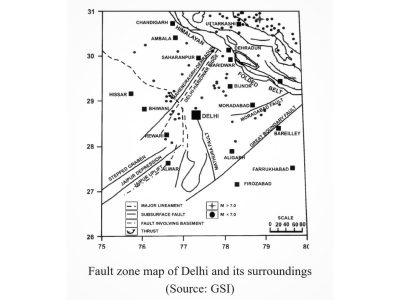
“Public awareness campaigns and educational initiatives, including integrating earthquake education into school curricula, can inform and prepare the population. Secondly, enforcing and updating seismic building codes, retrofitting high-risk structures, and enhancing critical infrastructure resilience, particularly in hospitals and emergency services, contribute to the city’s seismic readiness,” adds Chouhan.
Urban planning measures, early warning systems, and emergency response planning are all integrated, with community engagement fostering collective responsibility. Building and infrastructure inventories, seismic monitoring networks, and ongoing research enhance understanding and guide retrofitting efforts, he asserts.
Chouhan further adds, “Collaboration with international entities and neighbouring regions is emphasised, alongside strict regulatory compliance. Post-earthquake recovery planning and continuous monitoring and improvement strategies can ensure a resilient and well-prepared Delhi, requiring coordinated efforts among government agencies, communities, and stakeholders.”

